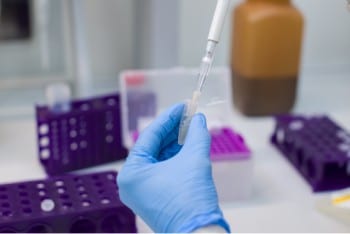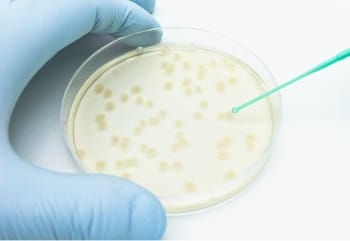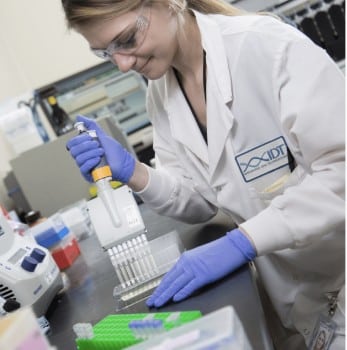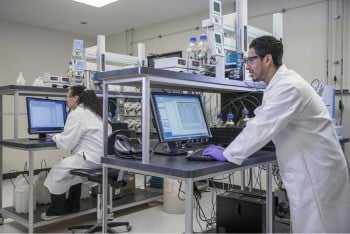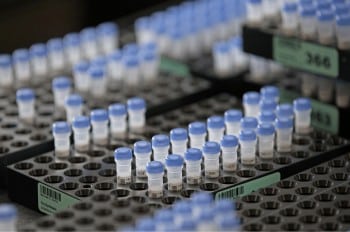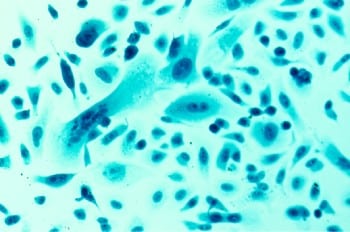That pinot noir you love? It’s Roman (sort of).

The next time you decant a pinot noir from Marcassin Vineyard (oh, we should all be so lucky), or any pinot noir, you might take a moment to thank first-century Romans.
DNA taken from grapes found at archaeological sites reveal that 2,000 years ago, the Romans grew and drank wines which are closely related to the same pinot noirs and syrahs which are widely loved today.
Other tests show that savagnin blanc from Jura, a region on the French/Swiss border, is genetically identical to a 900-year old grape seed found in Orléans, France. Savagnin blanc is sometimes sold as “vin jaune.”
Those results come from DNA testing on 28 ancient grape seeds meant to illuminate the formerly dark corners of grape cultivation and propagation, which are not always documented properly.
“When compared with domesticated and wild accessions, we found that the archaeological samples were closely related to western European cultivars used for winemaking today,” noted the authors of the study, which was published in Nature. “We identified seeds with identical genetic signatures present at different Roman sites, as well as seeds sharing parent–offspring relationships with varieties grown today. Furthermore, we discovered that one seed dated to ~1100 CE was a genetic match to ‘Savagnin Blanc’, providing evidence for 900 years of uninterrupted vegetative propagation.”
The Roman era seeds, noted Decanter, were closely related to syrah-mondeuse blanche and pinot-savagnin grapes.
But, while the grapes have been identified, were they eaten or pressed into wine? The researchers are betting they were used to make the juice.
"We suspect the majority of these archaeological seeds come from domesticated berries that were potentially used for winemaking, based on their strong genetic links to wine grapevines," Dr. Jazmín Ramos-Madrigal, from the University of Copenhagen, told the BBC.
Genetic tests on grapes are useful since, to propagate grapevines, farmers frequently make cuts from prized plants and graft them on to hosts. Genetic testing helps locate incorrectly labeled vines, for example.
While the Roman-pinot noir link is more tenuous, the link to vin jaune is certain. As noted in Smithsonian, vin jaune, which translates literally as “yellow wine,” is barrel matured under yeast for at least six years, pairs well with Comté cheese, and ain’t cheap.
Unfortunately, adds Smithsonian, while we can know what those ancient grapes were, we likely will never know how they tasted.
“A host of environmental conditions can affect the final product,” the site noted, “and winemakers have historically added other ingredients, like pine resin, to wine.”



